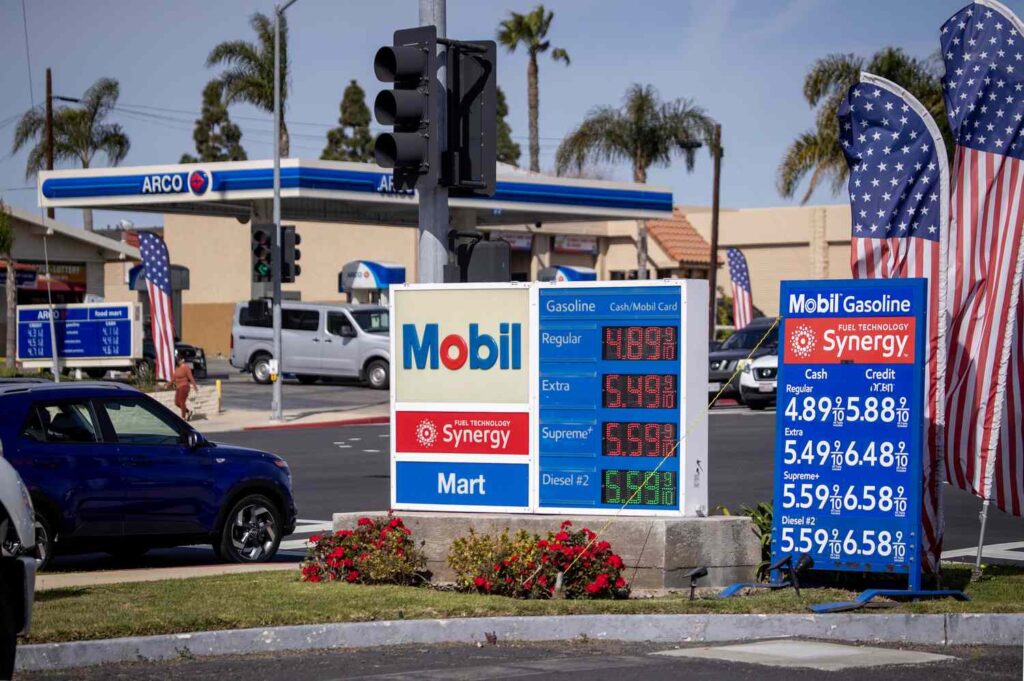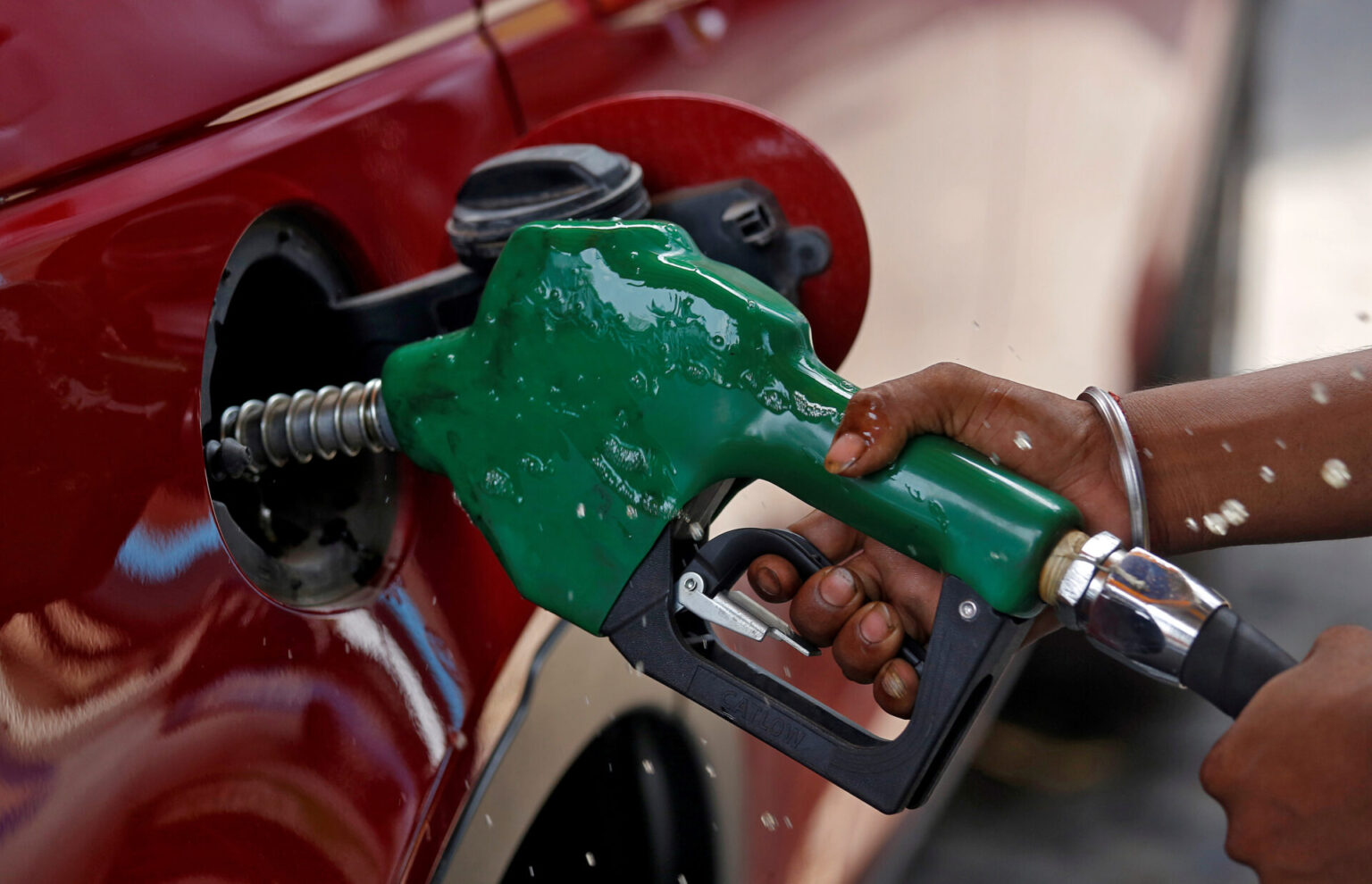
The largest one-day reduction in almost a year in oil prices is $5.
On Wednesday, oil prices fell more than $5 a barrel due to worries that sharp increases in borrowing costs brought on by higher interest rates might stunt economic expansion.
The price of Brent crude, the worldwide standard, fell by $5.11 per barrel, or 5.6%, to end at $85.81 per barrel after seeing its worst one-day decline since August 2022. The US benchmark, West Texas Intermediate, dropped 5.6% to $84.22.
Investors were taken aback by the abrupt decrease, as prices had only recently approached $100 per barrel due to strong global demand and Saudi Arabia’s and Russia’s decision to extend oil output cutbacks through the end of 2023.
According to Morningstar analyst Stephen Ellis, “the market is on the run right now.”
- Advertisement -
The decline occurred during a week in which markets were gripped by rising interest rates, which indicated fresh economic pressures that could have an impact on oil demand. On Wednesday, the yield on the benchmark 10-year US Treasury note reached a 16-year high of 4.88 percent before marginally declining in late-afternoon trading.
In the short term, higher interest rates could reduce economic prospects, which would have a negative effect on oil demand, according to Ellis.
Since the summer, money managers’ net bullish bets in WTI futures on the Nymex market of CME Group have increased. “Given the speculative length built up in WTI, it was stretched taut like a rubber band, hence a couple of bearish triggers caused prices to snap back in short, sharp fashion,” explained Matt Smith, an analyst at the consultancy Kpler.
According to data released on Wednesday by the US Energy Information Administration, domestic petrol stockpiles increased by 6.5 million barrels last week while crude stockpiles decreased by 2.2 million barrels. According to analysts at JPMorgan Chase, “demand restraint from rising oil prices is once again becoming visible” in the US, Europe, and several emerging market nations.
ConocoPhillips, ExxonMobil, and Chevron all saw declines of 4.2%, 4.7%, and 2.9%, respectively, making them among the worst-performing energy firms in the S&P 500 stock index.











